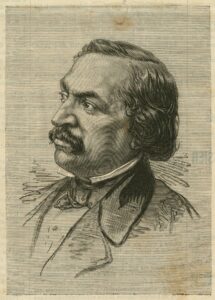Government, Politics & Law
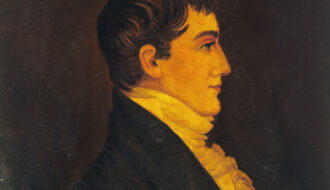
Thomas Bolling Robertson
The third governor of Louisiana after its admission as a state, Thomas Robertson served from 1820 to 1824.

The third governor of Louisiana after its admission as a state, Thomas Robertson served from 1820 to 1824.
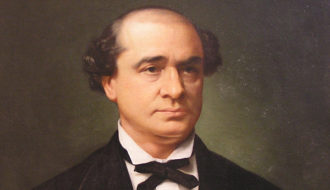
Thomas C. Manning served as the chief justice of the Louisiana Supreme Court from 1877 to 1880.
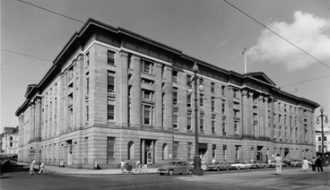
Louisiana artist and architect Thomas Wharton is best known for the writings and sketches he kept in a daybook.
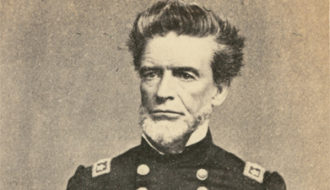
Thomas Overton Moore served as the fourteenth governor of Louisiana, leading the state through much of the Civil War.
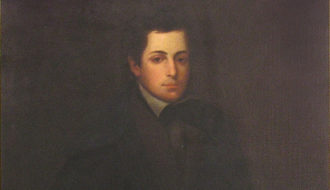
Thomas Slidell served as chief justice of the Louisiana Supreme Court from 1853 to 1855.
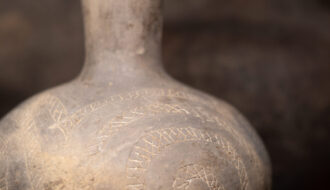
The Tunica-Biloxi Tribe is one of only four American Indian groups in Louisiana recognized by the federal government.
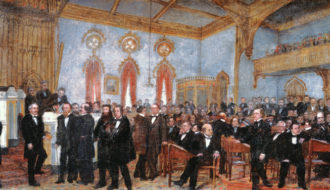
Contrary to conventional assumptions, many Louisianans opposed secession and the Confederacy during the Civil War.
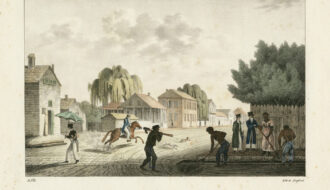
Enslaved people in Louisiana’s cities were engaged in virtually every labor role, from domestic service to dentistry.

Enslaved people in Louisiana’s cities were engaged in nearly every labor role, from domestic service to dentistry.

The US Custom House at the foot of Canal Street in New Orleans is one of the most significant mid-nineteenth-century buildings in the nation.
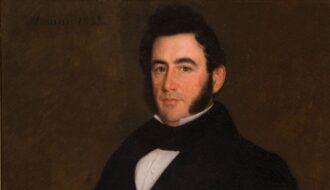
Valcour Aime employed the latest technologies and oversaw the creation of an elaborate garden on his sugar plantation.
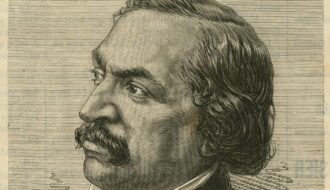
Victor Séjour’s 1837 story “Le Mulâtre” is considered the first work of published fiction by an African American writer.
One-Year Subscription (4 issues) : $25.00
Two-Year Subscription (8 issues) : $40.00
